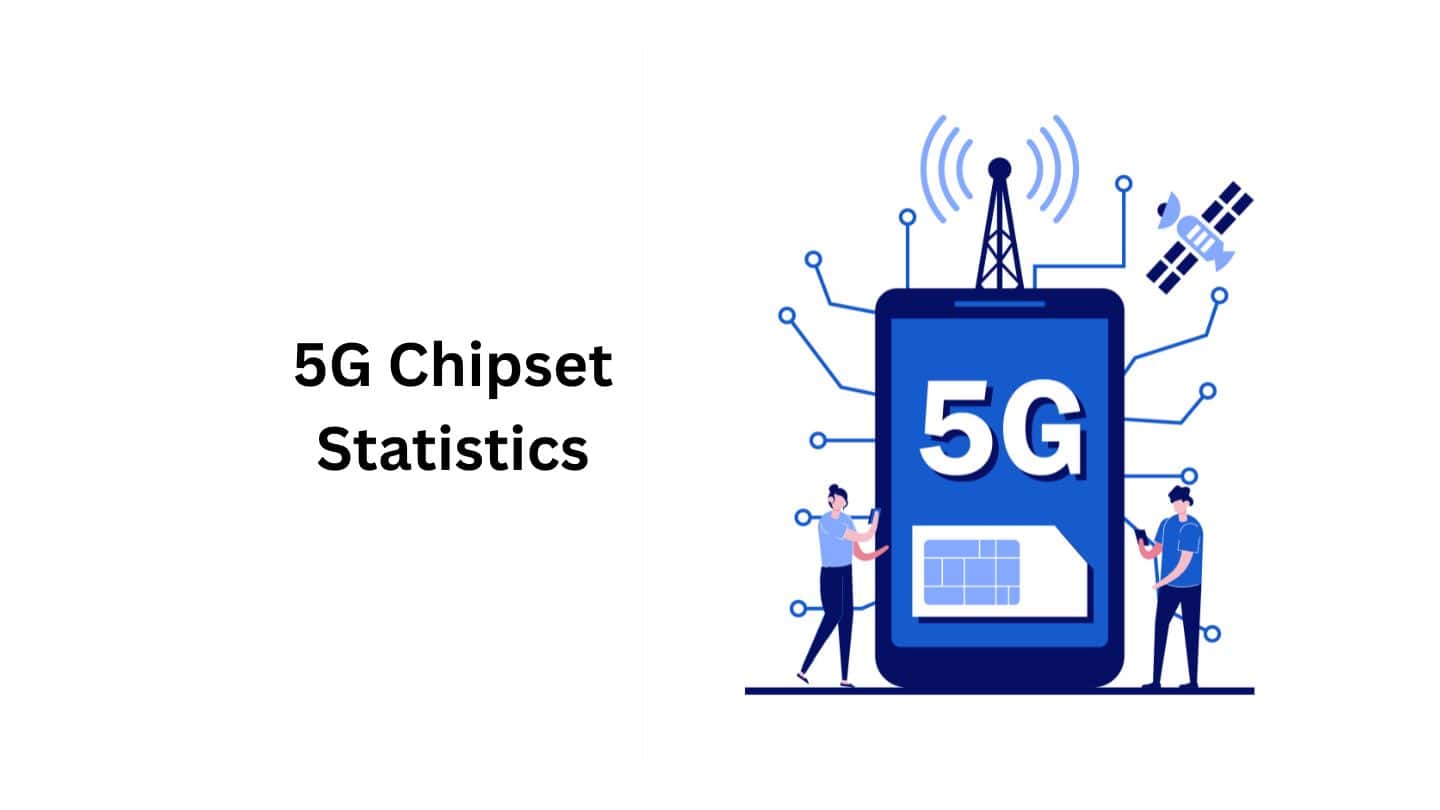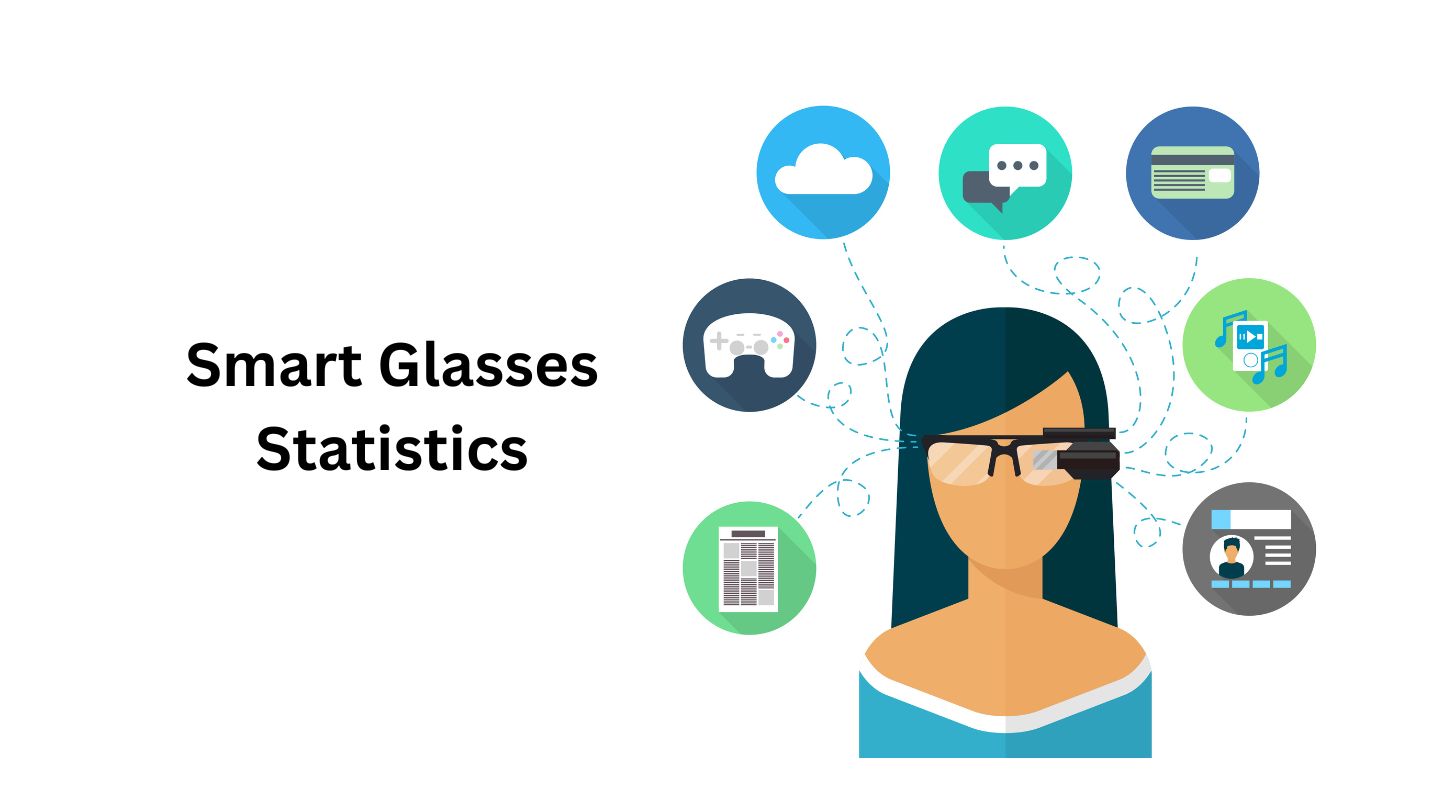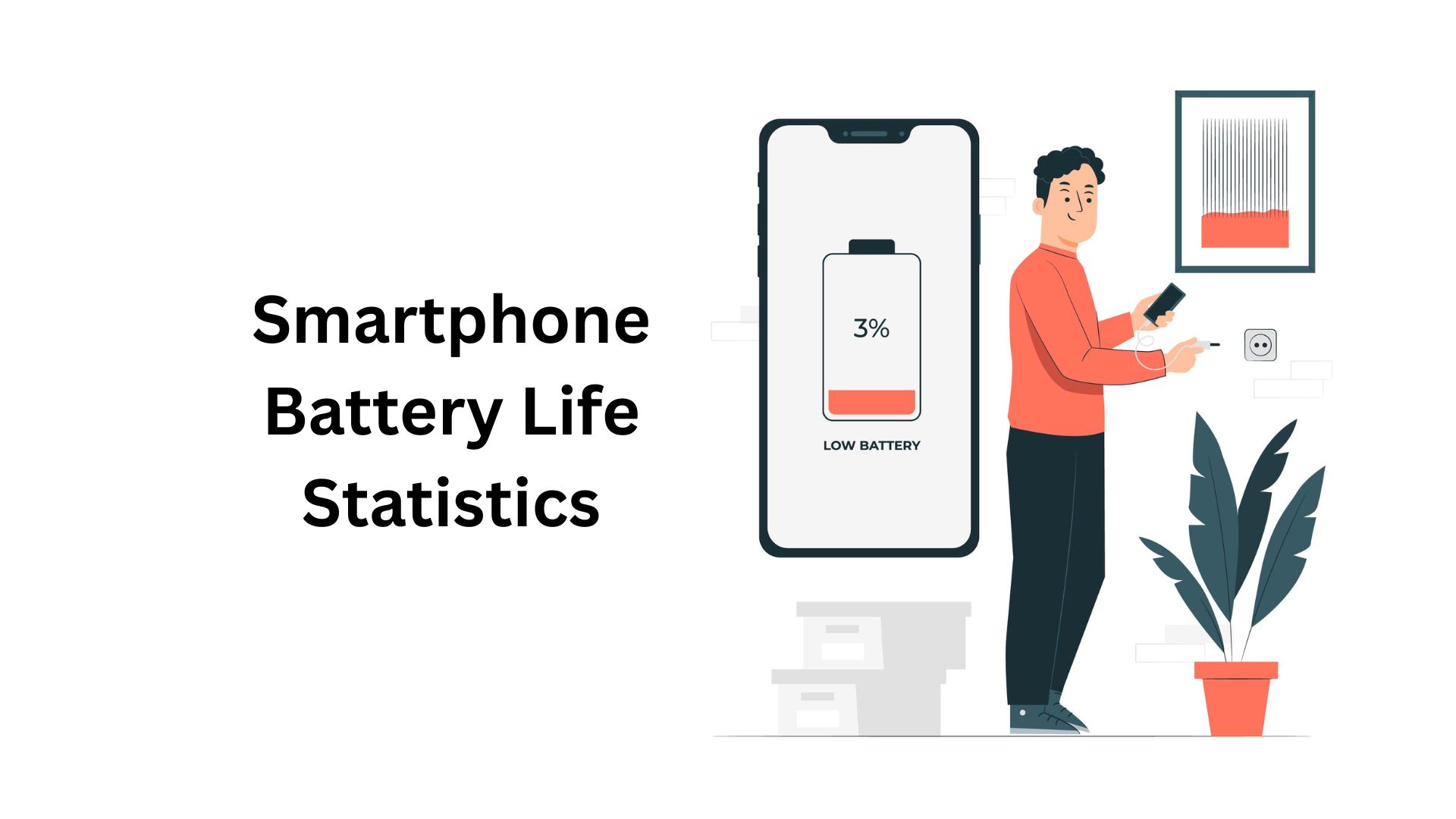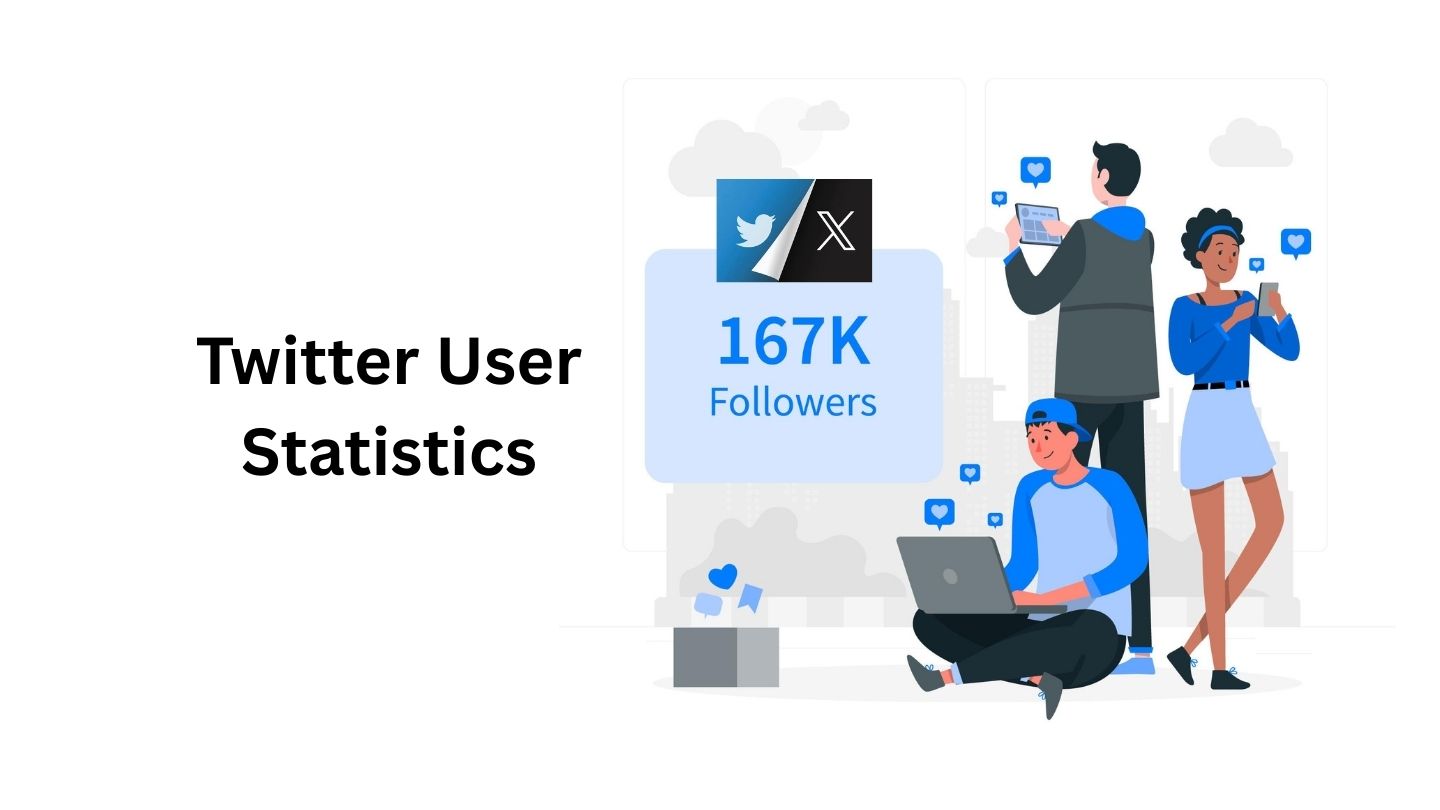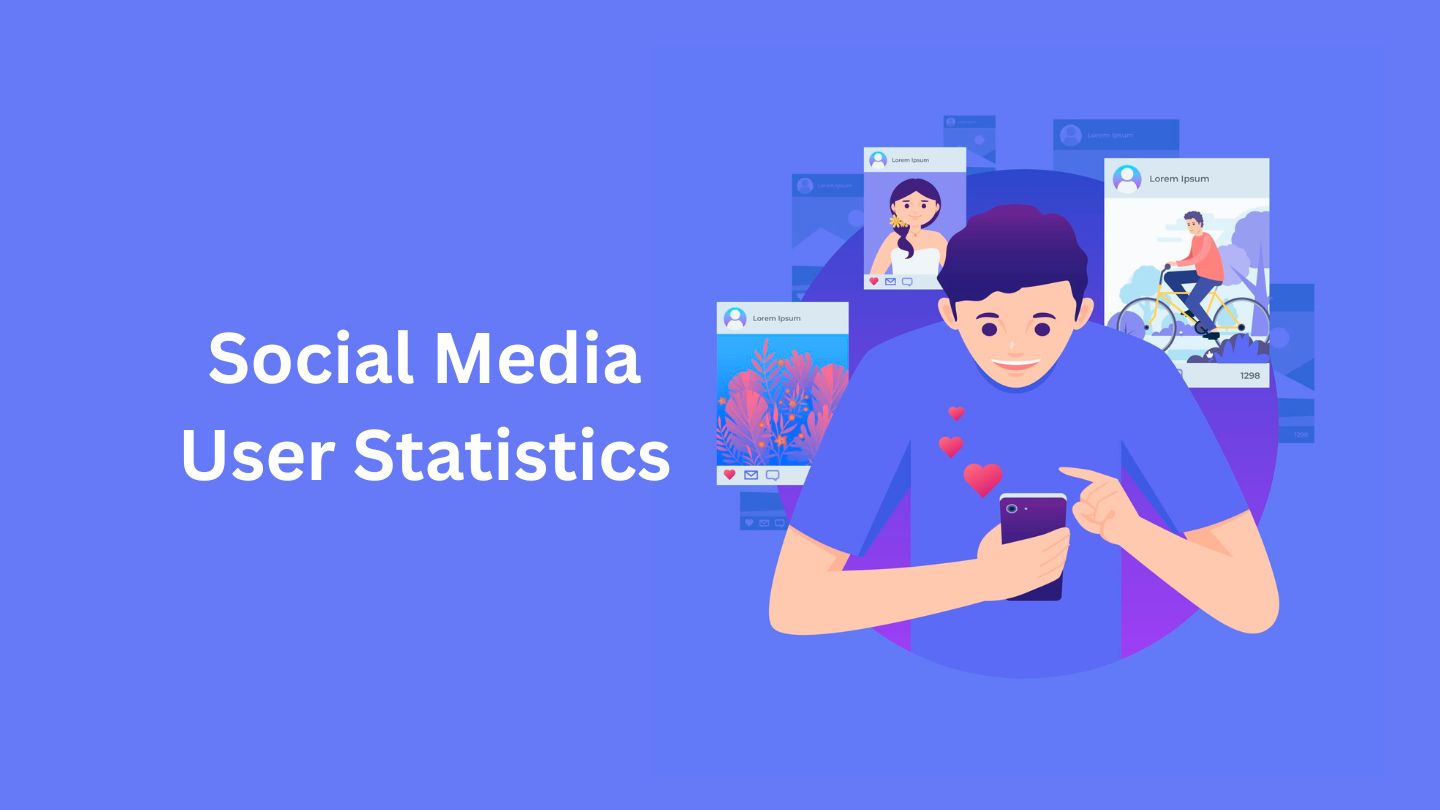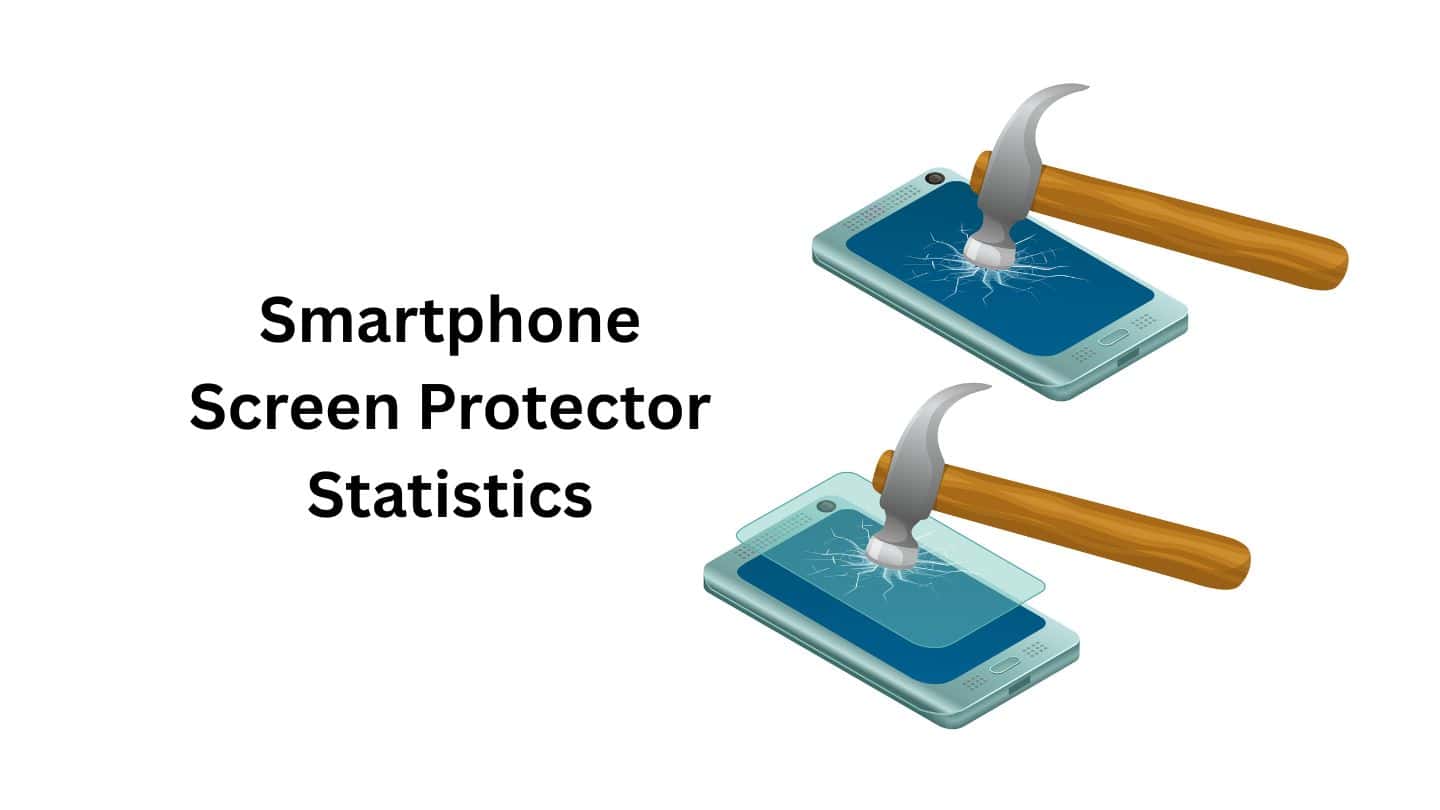Smartphone Battery Life Statistics and Facts (2025)

Updated · Apr 14, 2025


TABLE OF CONTENTS
- Introduction
- Editor’s Choice
- Key Factors Influencing Smartphone Battery Life
- Top 10 Smartphones with the Longest Battery Life in 2025
- Smartphone Battery Life Statistics by Types and Usage, 2025
- iPhone Battery Life Comparison in 2025 by Model
- Android Smartphones’ Battery Life Comparison in 2025 by Model
- Smartphone Battery Types Statistics, 2025
- Best Ways to Keep Your Smartphone Battery Life Healthy
- Conclusion
Introduction
Smartphone Battery Life Statistics: When people buy a new phone, battery life is one of the first things they look at. Phones today have better features, but they also use more power. That’s why many users worry about how long the battery will last. Many people want phones that last all day without needing to charge. In recent years, companies have worked hard to improve battery performance.
They use bigger batteries, better software, and faster charging. This article shares simple and clear statistics about smartphone battery life. It helps readers understand how long popular phones last and what affects battery performance. Knowing this can help you choose a phone that fits your daily needs and doesn’t die when you need it most.
Editor’s Choice
- Smartphone Battery Life Statistics states that the iPhone 16 Pro Max leads with 17 hours and 35 minutes of battery life.
- Google Pixel 9 Pro XL scores 70% in battery tests, making it the top Android phone for battery life.
- Samsung Galaxy A35 5G, a budget phone, achieves a 65% battery test score, outperforming many pricier models.
- OnePlus 13 and 13R feature 6,000mAh batteries, lasting up to two days with average use.
- Honor Magic7 Lite boasts a 6,600mAh battery, offering up to three days of usage on a single charge.
- Approximately 47% of users feel anxious when their phone battery drops below 20%.
- Gen Z users worry when their battery falls to 44%, while Boomers wait until it hits 34%.
- On average, people check their phones 144 times daily, increasing battery consumption.
- The Asus ROG Phone 9 Pro offers over 20 hours of battery life, making it ideal for gamers.
- The iPhone 16 Plus delivers 18 hours and 49 minutes of battery life, ranking among the top performers.
Key Factors Influencing Smartphone Battery Life
- Modern lithium-ion smartphone batteries retain about 80% of their original capacity after 2 to 3 years of regular use.
- In 2025, most smartphones will have between 4,000 mAh and 6,600 mAh batteries. Bigger batteries usually last longer during daily use.
- Phones with energy-saving processors like MediaTek’s Dimensity series use less battery, helping the phone last longer.
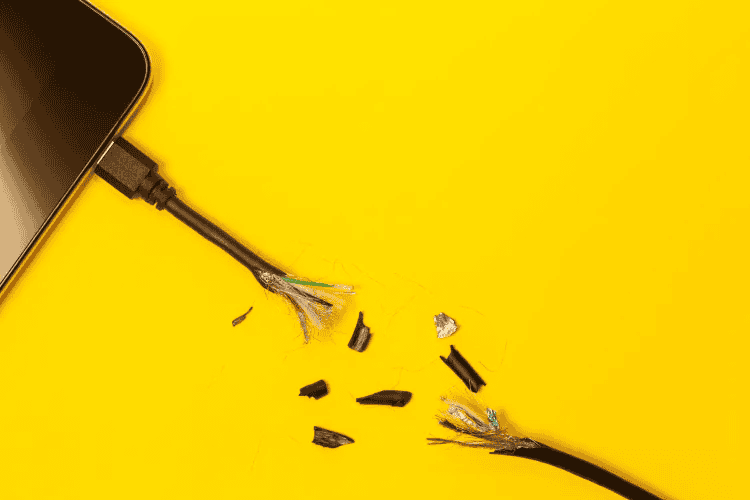 (Source: vox.com)
(Source: vox.com)
- Frequent use of fast charging can generate heat, potentially accelerating battery degradation.
- Exposure to extreme hot and cold temperatures can adversely affect battery performance and longevity.
- In the U.S., the average smartphone replacement cycle is approximately 2.5 years, and this is often influenced by battery performance and software support.
- Phones with 120Hz displays can use up to 20% more battery than phones with 60Hz screens because they refresh more often.
- Using 5G can drain your battery 10 to 15% faster than 4G, especially if the signal is weak and your phone is searching for better service.
- A battery stored at 60°C for three months loses more power than one stored at 40°C for a full year.
- A typical phone battery lasts around 300 to 500 full charges.
- Charging only up to 80% and not letting it drop below 40% can help it last longer.
- Smartphone Battery Life Statistics in 2025 show that people in the U.S. spend about 4.5 hours a day on their phones and check them around 144 times.
- High-end Android devices typically receive 2 years of OS and 3 years of security updates.
- Turning down the screen brightness and turning off features you don’t use can save as much as 30% of your phone’s battery.
- Your battery should stay charged between 40% and 80% instead of constantly running dead or too full.
- Research into lithium metal batteries suggests they could have over 2,000 charge cycles and double the energy capacity of current lithium-ion batteries.
Top 10 Smartphones with the Longest Battery Life in 2025
| Smartphone Model | Battery Capacity (mAh) | Charging Port Type | Estimated Usage Time | Wired Charging Speed | Wireless Charging |
| Asus ROG Phone 9 Pro | 5,800 | Dual USB-C (Side & Bottom) | 20 hours 34 minutes | 65W |
15W |
|
OnePlus 13 |
6,000 | USB-C | 19 hours 45 minutes | 100W | 50W |
| Asus ROG Phone 8 Pro | 6,000 | Dual USB-C | 18 hours 48 minutes | 65W |
15W |
|
OnePlus 12R |
5,500 | USB-C | 18 hours 8 minutes | 100W | Not Supported |
| iPhone 16 Pro Max | 4,685 | 17 hours 17 minutes | 45W |
15W (MagSafe) |
|
|
OnePlus 12 |
5,000 | 17 hours 5 minutes | 80W | 50W | |
| Asus Zenfone 11 Ultra | 5,500 | 17 hours 1 minute | 65W |
15W |
|
|
Samsung Galaxy S24 Ultra |
5,000 | 16 hours 45 minutes | 45W | 15W | |
| iPhone 16 Plus | 4,325 | 16 hours 29 minutes | 45W |
15W (MagSafe) |
|
|
Samsung Galaxy S24 Plus |
4,900 | 15 hours 58 minutes | 45W |
15W |
Smartphone Battery Life Statistics by Types and Usage, 2025
Flagship phones
- Usually have batteries between 4,800 to 5,500 mAh.
- They give around 6 to 8 hours of screen time.
- Phones like the Samsung Galaxy S25 Ultra and Google Pixel 9 Pro XL fall into this group.
Gaming smartphones
- Comes with bigger batteries, around 5,800 to 6,100 mAh, because they need more power.
- They last about 7 to 9 hours while gaming or streaming.
- Popular models include the Asus ROG Phone 9 Pro and the OnePlus 13.
Midrange phones
- They are more affordable and offer batteries between 4,500 to 5,000 mAh.
- They can give 5 to 7 hours of use.
- Good examples are the Samsung Galaxy A56 5G and Nothing Phone 2a.
Budget smartphones
- Often come with 4,000 to 5,000 mAh batteries.
- They usually give 4 to 6 hours of screen time and are made for everyday use.
- Some known models are the Moto G 5G (2024) and Xiaomi Redmi Note 13.
Foldable phones
- Have smaller batteries, between 4,200 to 4,500 mAh, because of their slim and compact design.
- They typically last around 4 to 5 hours.
- Phones like the Motorola Razr Plus 2025 and Galaxy Z Flip 6 are in this category.
iPhone Battery Life Comparison in 2025 by Model
| iPhone Model | Battery Capacity (mAh) | Battery Life (Hours) |
| iPhone 16 Pro Max | 4,685 |
33 |
|
iPhone 16 Plus |
4,674 | 27 |
| iPhone 16 Pro | 3,582 |
27 |
|
iPhone 16 |
3,561 | 22 |
| iPhone 16e | 4,005 |
27 |
|
iPhone 15 Pro Max |
4,422 | 29 |
| iPhone 15 Plus | 4,383 |
26 |
|
iPhone 15 Pro |
3,274 | 23 |
| iPhone 15 | 3,349 |
20 |
|
iPhone 14 Pro Max |
4,323 | 23.7 |
| iPhone 14 Pro | 3,200 |
23 |
|
iPhone 14 |
3,279 | 20 |
| iPhone 13 Pro Max | 4,352 |
28 |
|
iPhone 13 Pro |
3,095 | 22 |
| iPhone 13 | 3,227 |
19 |
|
iPhone 12 Pro Max |
3,687 | 20 |
| iPhone 12 Pro | 2,815 |
17 |
|
iPhone 12 |
2,815 | 17 |
| iPhone SE | 2,018 |
13 |
Android Smartphones’ Battery Life Comparison in 2025 by Model
| Smartphone Model | Battery Life (hh: mm) | Battery Capacity (mAh) |
| Asus ROG Phone 9 Pro | 20:34 |
5,800 |
|
OnePlus 13 |
19:45 | 6,000 |
| Oppo Reno 11 F 5G | 22:12 |
5,000 |
|
Oppo A78 5G |
21:08 | 5,000 |
| Asus Zenfone 11 Ultra | 18:48 |
5,500 |
|
Samsung Galaxy S25 Ultra |
17:14 | 5,000 |
| Oppo Find X8 Ultra | – |
6,100 |
|
Honor Magic7 Lite |
Up to 3 days | 6,600 |
| Xiaomi 15 Ultra (China) | – |
6,000 |
|
Samsung Galaxy S25+ |
– |
4,900 |
Smartphone Battery Types Statistics, 2025
| Type | Estimated Market Share | Specifications |
| Lithium-Ion (Li-ion) | 70% |
High energy density and long lifespan, widely used in smartphones and tablets. |
|
Lithium-Polymer (Li-Po) |
20% | Lightweight, flexible form factor, suitable for slim devices. |
| Nickel-Cadmium (NiCd) | 5% |
Durable, but lower energy density and environmental concerns limit usage. |
|
Nickel-Metal Hydride (NiMH) |
3% | It has a better energy density than NiCd but is less common in modern smartphones. |
| Others (e.g., Solid-State, Graphene) | 2% |
Emerging technologies with potential for higher performance and safety. |
Best Ways to Keep Your Smartphone Battery Life Healthy
 (Source: uniserveit.com)
(Source: uniserveit.com)
- Charge your phone only up to 80%, and don’t plug it in again until the battery drops to 20%.
- Extreme cold or heat can harm your phone’s battery. If you live in a cold place, use a thick phone case to help keep it warm.
- Lowering the screen brightness can help your phone use less battery.
While charging, it’s better not to use your phone to avoid overheating. - Cheap chargers or cables not from the phone’s brand may not work well and can damage your battery.
Set your screen timeout or auto-lock to 30 seconds or 1 minute to save power. - Turn off background app refresh for apps you don’t need. Do this often to help your battery last longer.
Conclusion
Today, people care about how long a phone battery lasts. They prefer phones that don’t need to be charged too often. Many things affect battery life, like the battery size, phone software, screen brightness, and phone use. New phones are getting better as they charge faster and have battery-saving features.
Still, tips like turning down screen brightness and closing apps you’re not using can help the battery last longer. In the future, batteries might charge quicker and hold more power. Picking a phone with strong battery life is a smart choice for everyday use and saving money over time.
Sources
FAQ.
Using apps, screen brightness, network use, charging habits, and battery age all affect the length of time your phone lasts.
A smartphone battery should last all day with normal use, usually around 8 to 12 hours before needing a charge.
Lower screen brightness, close unused apps, turn off Wi-Fi or Bluetooth when unnecessary, and use the battery saver mode.
Yes, it’s okay to charge overnight, but most modern devices stop charging when the battery is full.
A phone battery usually lasts 2 to 3 years before it starts losing charge and needs replacing.

Barry Elad is a tech enthusiast passionate about exploring various technology topics. He collects key statistics and facts to make tech easier to understand. Barry focuses on software and its benefits for everyday life. In his free time, he enjoys creating healthy recipes, practicing yoga, meditating, and walking in nature with his child. Barry's mission is to simplify complex tech information for everyone.


